Costumes for the Merry Men and the Sheriff
AWW:
So, when you designed the costumes, did you know who was going to be playing the parts?
FT:
No, I didn't know at all. The casting was done very late because there was John McKay - director of episodes one and two, there was Foz Allan working for TigerAspect and then there was the BBC. An agreement had to be reached between all of these people about who was going to play the part. The production office and the whole production team had moved out to Budapest and we were working in the studios out there which is a cross between an old abandoned studio and a concentration camp. And snow was on the ground and there was no glass in the windows. It was pretty Spartan. I had to go ahead getting things designed and indeed partially made without knowing who they were going to be for, which is really difficult. If they suddenly cast someone 6'6", it's completely different than someone 5'2. You have to modify your work. But I had to go much further down the road than I would have liked to have done. Once the casting did come in, we had to act very quickly to get everything made.
Jonas Armstrong was filming something in India. So he wasn't available until the week of Hood Camp when he came out to do the horse riding. Keith Allen wasn't available. We didn't really see any of them until a couple days before we started shooting.
AWW:
With Keith Allen as the Sheriff, I remember these silk pyjamas?
FT:
Silk pyjamas, yes. I don't know if you know who José Mourinho is? He was the Chelsea football [soccer to North Americans] manager. He's Italian and very, very handsome and suave and dashing. And he was the sort of role model. It's difficult to translate that onto Keith Allen. But the simplicity suited him. I just wanted to be a dark figure and keep him as simple and sophisticated in a funny sort of a way. I mean [Keith] wanted to look like a drug dealer. That was his version of what he was playing. So we met somewhere in the middle on that.
Robin's band -- I wanted then to look like eco warriors, really. The modern equivalent of the outlaw. You probably haven't heard of them in the States but there is a British band called the Levellers who do sort of rock / folk music? Do you know who they are?
AWW:
I know who the historical ones were.
FT:
Right, that's who they've called themselves after. Anyway, they lived round the corner from me. And I used to see them walking up and down the street with their dreadlocks and their baggy jumpers [sweaters] and their dogs on bits of string. So they became the model for the band of boys.
And I had to differentiate the characters of the boys very quickly. So the audience would literally know who was who. They had to have very firm identities but still work together as a group.
AWW:
With Much, the thing that comes to mind is his bandanna.
FT:
His little funny hat, yes. And he had a very nice knitted woolly jumper -- completely anachronistic. But again, it got too hot and he had to take that off. By the end of series one, they were all wearing far less clothes than they had been wearing at the beginning of the series.
AWW:
Djaq's costume changed very much between series one and series two.
FT:
That's right. When she first appeared, the whole point was to make her look like a boy. She's a very nice girl, Anjali [Anjali Jay who played Djaq]. When she turned up and had long hair and was quite definitely a woman. We had to strap her down and find clothes that would disguise her figure. She volunteered to have her hair cut off, which was very brave of her. And I think it came from the BBC - it wasn't Foz's decision - a directive came down for the next series that okay, we had established now that she was a girl. And she could - in fact, they wanted her to look much more feminine. In the second series, her hair was a bit elfin and you could see the shape of her body. That's because they knew they were working up to the romance with Will. So they didn't want any gender confusion to happen there.
AWW:
I can see that, because in the first season she had that patched jacket.
FT:
A military sort looking thing - again very straight and square. She was actually quite a curvy girl, and so we were try to hide all the curves.
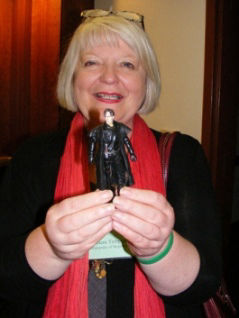
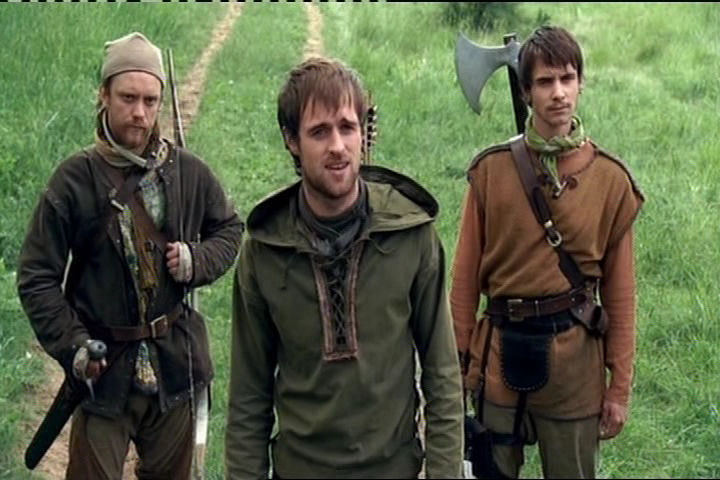
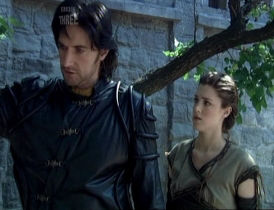

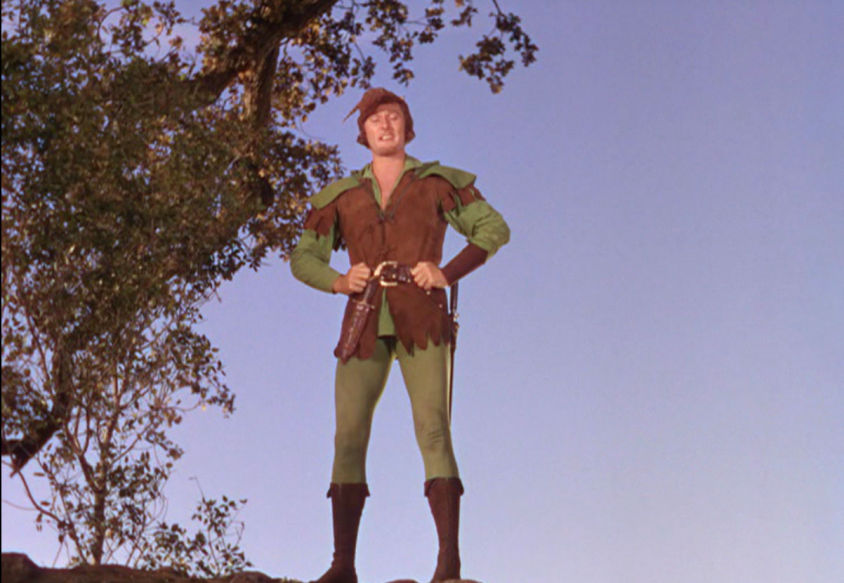
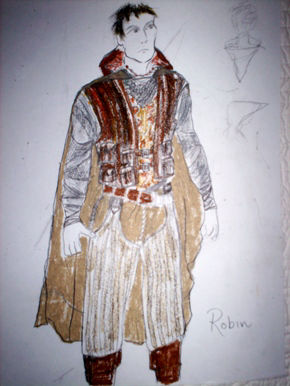
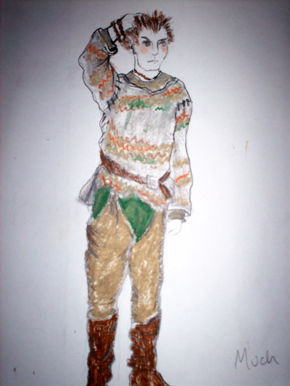
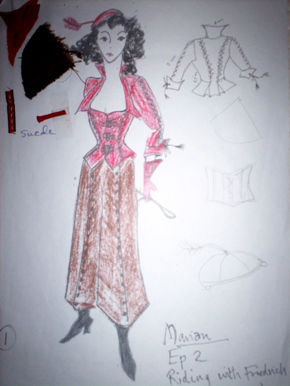
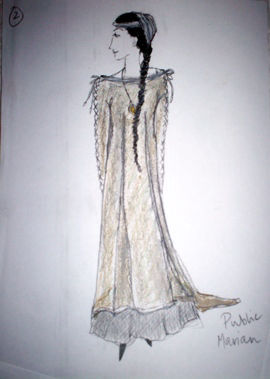
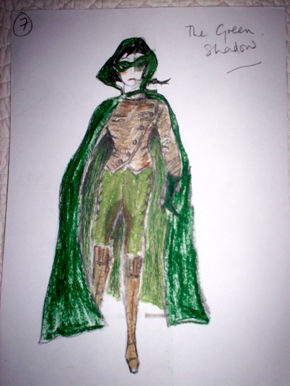
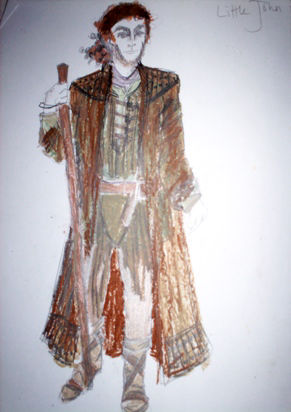
Contact Us